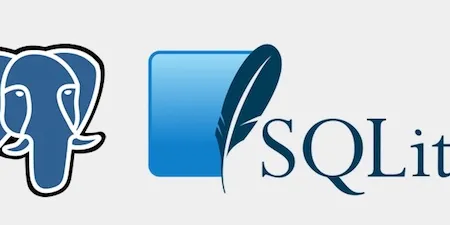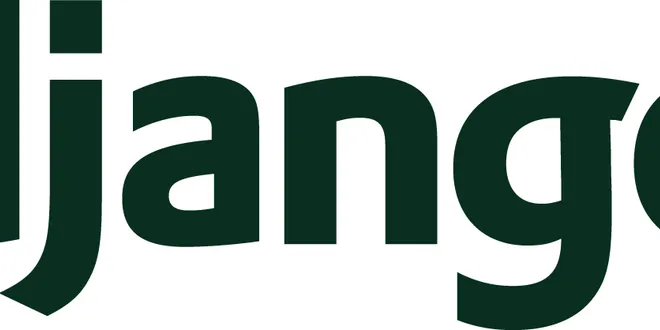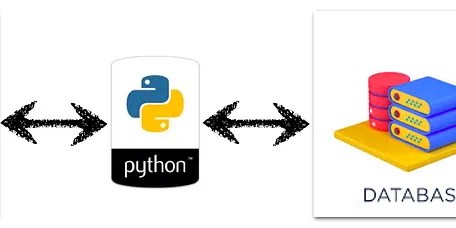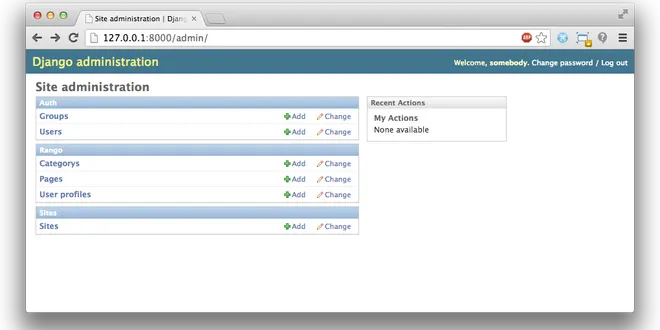Databases
Databases are organized collections of information that facilitate easy access, management, and updating of data. They serve as an abstraction over an operating system’s file system, allowing developers to create, read, update, and delete persistent data efficiently. Databases can be relational, storing data in structured tables with defined relationships, or non-relational (NoSQL), which offer more flexible data models. They are essential for web applications, enabling the storage and retrieval of data in a structured format, thus supporting various functionalities, such as user interactions and data analysis. Overall, databases play a crucial role in modern software development.

Database, SQL and NoSQL
Database is a collection of information that is organized so that it can be easily accessed, managed and updated. Databases typically contain aggregations of data records or files, containing…
📚 Read more at Analytics Vidhya🔎 Find similar documents

Databases
Databases DB-API The Python Database API (DB-API) defines a standard interface for Python database access modules. It’s documented in PEP 249 . Nearly all Python database modules such as sqlite3 , psy...
📚 Read more at The Hitchhiker's Guide to Python!🔎 Find similar documents

Databases
Relational databases serve the critical role of persisting data in many Python applications.
📚 Read more at Full Stack Python🔎 Find similar documents

Databases
Django officially supports the following databases: PostgreSQL MariaDB MySQL Oracle SQLite There are also a number of database backends provided by third parties . Django attempts to support as many f...
📚 Read more at Django documentation🔎 Find similar documents

Models and databases
A model is the single, definitive source of information about your data. It contains the essential fields and behaviors of the data you’re storing. Generally, each model maps to a single database tabl...
📚 Read more at Django documentation🔎 Find similar documents

Top 10 Databases to Use in 2021
Databases are the cornerstone of any Software Applications. You will need one or more databases to develop almost all kind of Software Applications: Web, Enterprise, Embedded Systems, Real-Time…
📚 Read more at Towards Data Science🔎 Find similar documents

A beginner’s guide to SQL
Databases are computer system that allow for storage and easy access of data. Depending on how their data is organised, databases can be relational (RDBMS) or non-relational (NoSQL). Relational…
📚 Read more at Towards Data Science🔎 Find similar documents

Databases: An Overview
In today’s world, we have to handle huge amounts of data and store it in a favorable way. Data are mostly generated today from social media sites like Facebook, and Twitter in huge volumes every day…
📚 Read more at Towards Data Science🔎 Find similar documents

Google-Sheets as a Database proxy
Formally, a “database” refers to a set of related data and the way it is organized. Access to this data is usually provided by a “database management system” (DBMS) consisting of an integrated set of…...
📚 Read more at Analytics Vidhya🔎 Find similar documents

6. Models and Databases
Working with databases often requires you to get your hands dirty messing about with SQL. In Django, a lot of this hassle is taken care of for you by Django’s object relational mapping (ORM) functions...
📚 Read more at How To Tango With Django 1.7🔎 Find similar documents

Scrapy with Database in Flask
The database is a collection of data or information, that is specially organized for rapid search and retrieval by a computer. Databases are structured to facilitate the storage, retrieval…
📚 Read more at Analytics Vidhya🔎 Find similar documents

SQL (Relational) Databases
SQL (Relational) Databases FastAPI doesn't require you to use a SQL (relational) database. But you can use any relational database that you want. Here we'll see an example using SQLAlchemy . You can ...
📚 Read more at FastAPI Documentation🔎 Find similar documents

